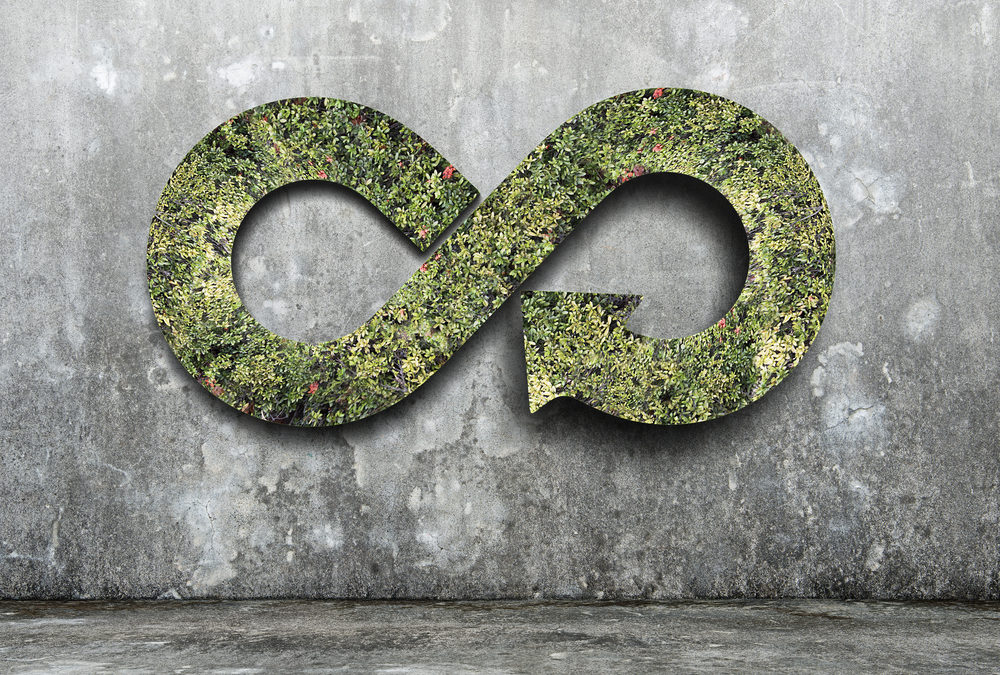A circular economy is one which moves away from the traditional concept of making, using and disposing products and towards a more sustainable future, where products and packaging are designed to last, or to be recycled, reused or repaired. Minimising waste is a fundamental principle of a circular economy. Marcel Kooter has a passion for sustainability and for making the best use of the world’s resources, fuelling our need for energy but sustainably and without waste. Packaging is one of the biggest areas of waste in the world, with approximately one-third of all rubbish dumped in landfill space each year comprised of packaging materials. Some more statistics about packaging waste can be viewed in the infographic attachment to this post. Paper-maker James Cropper recently launched COLOURFORM™ – an all-new paper packaging material that abides by the concepts of the circular economy, with a sustainable design that does not compromise on substance or style.
Embedding Sustainability
The latest innovation from the team at James Cropper is COLOURFORM™, which offers a solution to the global challenge of packaging waste in an attractive alternative to plastic and other forms of packaging materials. The entire design of the COLOURFORM™ packaging range has sustainability embedded throughout. Raw materials are responsibly sourced, renewable energy courses are used and each product has a high recycled content. Some details about the paper recycling industry in general can be found in the embedded PDF. The James Cropper company has a long history, with a solid reputation for delivering custom-made paper products with a strong focus on sustainability, without compromising on quality or style. The company has worked in collaboration with some of the world’s leading designers, art galleries and luxury brands to create top–quality products since 1845.
CupCycling™
CupCycling™ is an innovative upcycling initiative of James Cropper, whereby old takeaway coffee cups are upcycled to make new, sustainable paper products and packaging. CupCycling™ works as a collaboration, in conjunction with businesses that use or collect these types of cups, waste management companies and James Cropper. Cups are collected at source and baled close by to save on transport costs and energy use. They are then delivered to the company on a large scale, ready to be recycled. A total of 95 percent of what would have been landfill waste is recycled back into paper. The remaining 5 percent of plastic is then used in the production of the recycled paper, for energy recovery. The result is bespoke, eco-friendly, beautiful paper that is created with minimal waste. The James Cropper CupCycling™ plant has the capacity to repurpose around 500 million takeaway coffee cups each and every year.
From Vision to Action
There are myriad ways in which James Cropper embeds sustainability throughout the design and development cycles of each new product. Water is carefully managed, and more than 91 percent of that used is then returned to the catchment. All packaging is designed with the circular economy in mind, minimising waste in collaboration with a number of leading brand partnerships, including Selfridges and Lush. Employee health is also prioritised, with initiatives such as Mental Health First Aid training implemented across the organisation. The company invests actively in low-carbon energy sources such as hydro and solar energy, generating around 400mwh of renewable electricity each year, and is a signatory of the Waste to Wealth Commitment. The embedded short video has more information about the 2018 summit at which the Waste to Wealth Commitment was launched. These are just a few of the many sustainability initiatives embedded into the culture at James Cropper.

